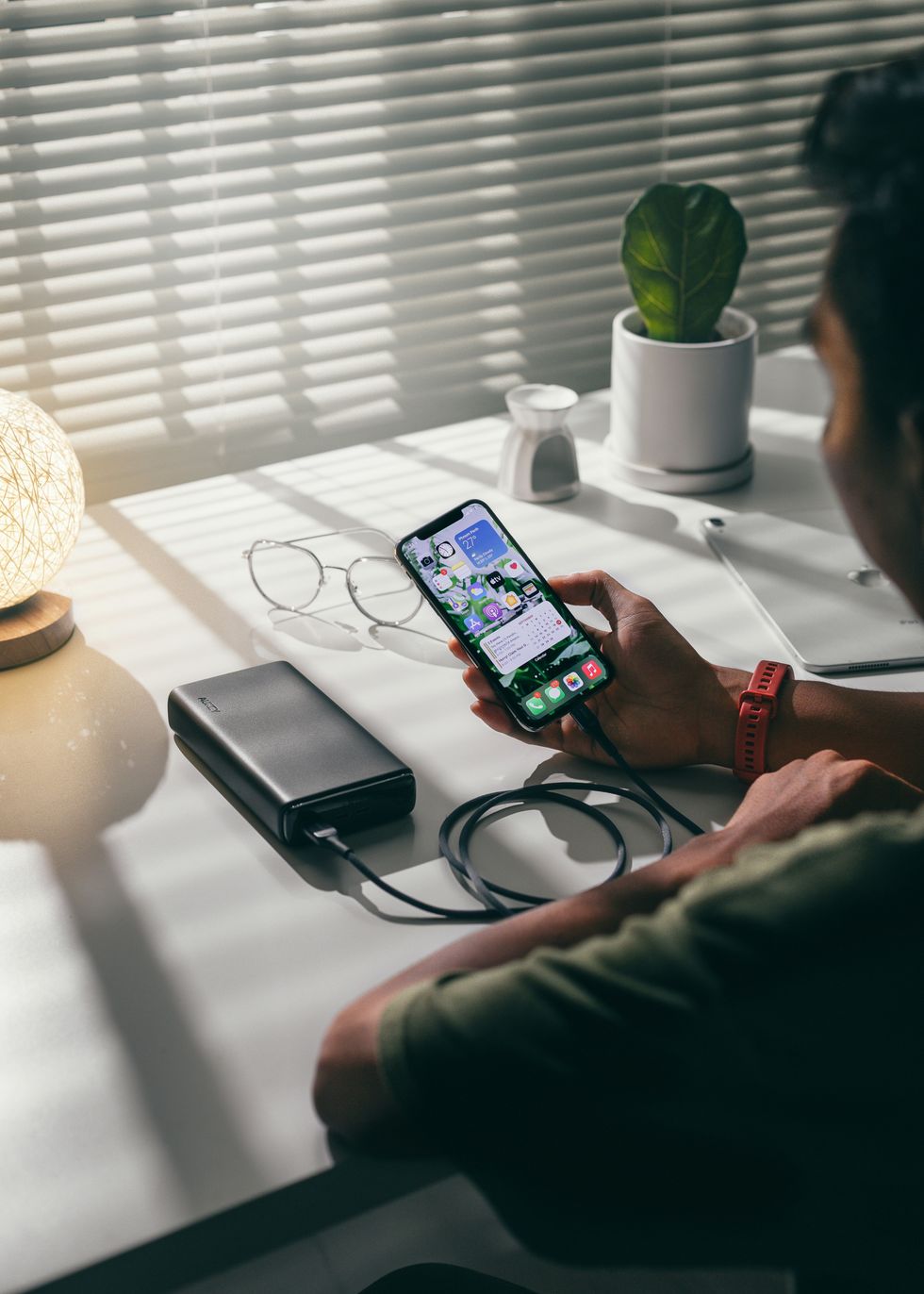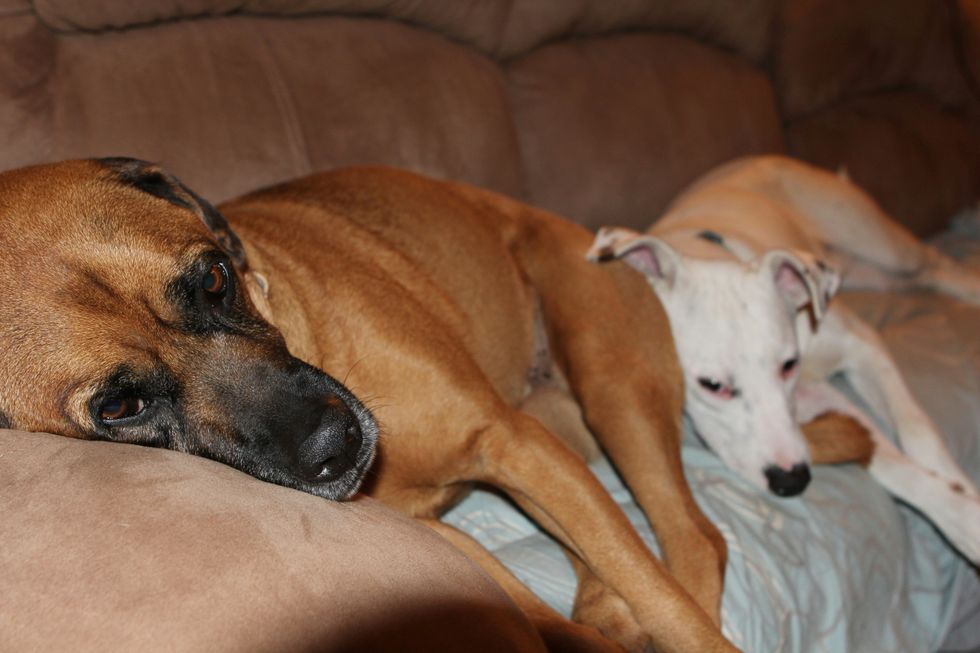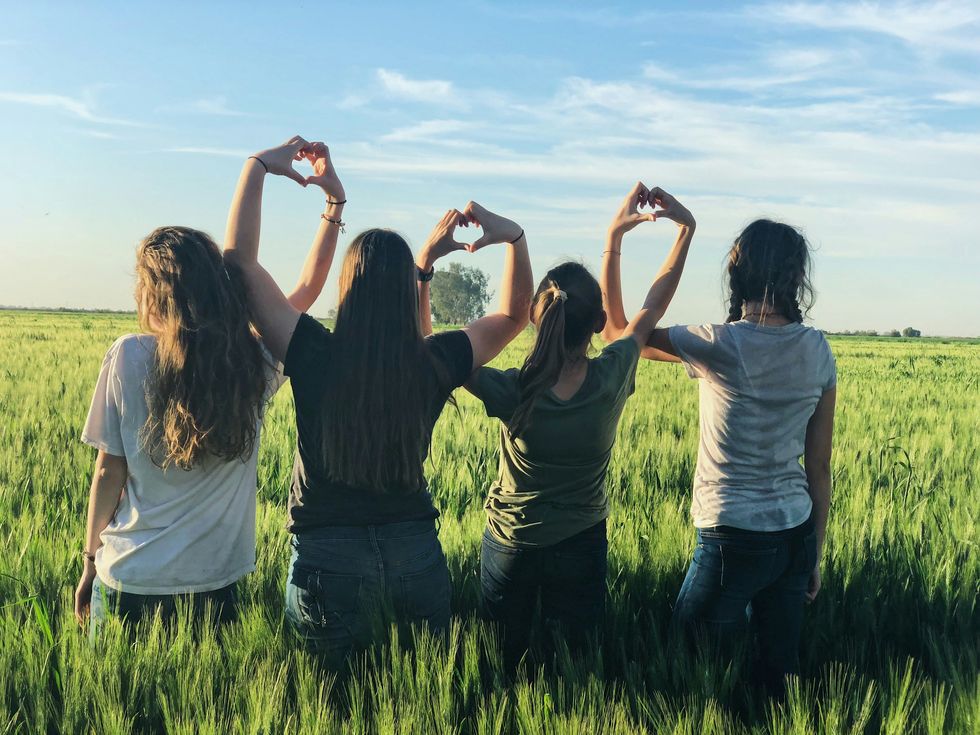Crete is the fifth largest island in the Mediterranean and the largest of the islands forming part of modern Greece. It is relatively long and narrow, stretching for 160 miles (260 km) on its east-west axis and varying in width from 7.5 to 37 miles (12 to 60 km). The administrative centre is Irákleio (Heraklion; historically Candia), on the north coast.
Things To Do
Fortrezza in Rethymno
The Fortezza of Rethymnon Crete: The Venetian stronghold of Fortezza is built on top of a low hill above Rethymno Town, Crete. The hill is known as Paleokastro, which means old castle in Greek and suggests the existence of an older structure in that place. This huge fortress, with its turbulent history, was built between 1540 and 1570 by the Venetian maritime power as a bulwark against Turkish pirates.
Venetian Loggia in Rethymno
The Venetian Loggia in Rethymno Crete: The Loggia of Rethymno is a 16th-century Venetian building situated right in the center of the Old Town of Rethymno. It is a wonderful square building with three visible walls, each provided with three equal semicircular arches. The middle arch provides an entrance at the ground level. The southern side of this elegant structure has no opening.
Marine Museum in Rethymno
The Marine Museum of Rethymno, Crete: The Marine Museum is a delight for the family, dedicated entirely to the marine life around Rethymno. It contains an extensive collection of colorful shells, sponges and even beautiful fish. The shells and fish are all procured locally. For visitors who want a glimpse into the depths of the sea without having to get wet, the Marine Museum is the perfect place.
Open on all days except Sunday and Monday, the museum is easily accessible and is an ideal place for kids, who will not just have a good time, but also learn something about marine life in the process. This Museum aims at increasing awareness about the marine life while displaying its natural beauty.
Beaches
Goudouras Beach
The huge beach (1200m long!) of Goudouras has small pebbles, and very clear crystalline waters. But primitively organized, it does yet have umbrellas, sunbeds and showers. Nearby are some tavernas (the fresh fish must be sampled!) and rooms to rent for a stay and bathers can visit the cafeterias and taverns, located actually next to the shore. This pebbly beach is some 14 km east of Makrigialos and some 73 km southeast of Agios Nikolaos, located in this southeasternmost part of Crete. It's a pretty popular resort for the locals but unknown for visitors in Makrigialos area. Hovewer, the village is tourist-friendly, attracting a large number of visitors in the summer (July-September), with a number of tourist-shops for your shopping needs. Exposed to western winds, the nearby beaches of Atherinolakos and Livari to nort east offer a good alternative on a windy day.
Tenda Beach
Tenda is a remote rocky area located at the most north-eastern side of Crete, 29km far from Sitia city and 156 from Heraklion. It is 7 kms away from the palm forest and beach Vai and 15 kms away from Palekastro village.
The main feature of the region is the rocks and cliff. The wild raw is perfectly combined with deep blue of the sea and sky. The rocks expanded in the sea create refuge for a lot of fish. The sea at Tenda is ideal for the lovers of fishing and scuba diving. It is popular on the whole Crete and a lot of visitors come here to enjoy the magic of fishing.
Toplou Gorge
Its entrance is about 200m in the west of the Monastery of Toplou. The landscape is astonishing not only because of its flora and the existence of a cluster of the palm tree Theophrastos Phoenix theophrasti, clusters of locust Ceratonia siliqua, oleander Nerium oleander, shinos Pistacia lentiscus, oleaster Olea europea ssp silvestris, but also its fauna which due to the existence of water in many parts gives shelter to the turtle Mauremis caspica.
The turtle is usually found in the ponds formed within the canyon throughout the year. The geological formations in the canyon are very interesting because they are made up of steep rocks and impressive caves as well as erosional forms called "Tafoni".



 Photo by
Photo by  person holding black smartphone on white textile
Photo by
person holding black smartphone on white textile
Photo by  StableDiffusion
StableDiffusion
 Photo by
Photo by  Photo by
Photo by 
 roommate as a therapist
StableDiffusion
roommate as a therapist
StableDiffusion
 woman in white shirt eating pizza
Photo by
woman in white shirt eating pizza
Photo by  person holding remote pointing at TV
Photo by
person holding remote pointing at TV
Photo by  person holding assorted clothes in wooden hanger
Photo by
person holding assorted clothes in wooden hanger
Photo by  a couple of
a couple of  friends cleaning apartment
StableDiffusion
friends cleaning apartment
StableDiffusion
 man driving car during golden hour
Photo by
man driving car during golden hour
Photo by  bacon strips and melted cheese topped fries on oval white and blue platter with gray stainless steel forks
Photo by
bacon strips and melted cheese topped fries on oval white and blue platter with gray stainless steel forks
Photo by  selective focus photography of eyeshadow palette
Photo by
selective focus photography of eyeshadow palette
Photo by  brown wooden framed white padded chair in between green indoor leaf plants inside bedroom
Photo by
brown wooden framed white padded chair in between green indoor leaf plants inside bedroom
Photo by  women forming
women forming  taking
taking  man in red polo shirt pouring wine on clear wine glass
Photo by
man in red polo shirt pouring wine on clear wine glass
Photo by  woman in black jacket standing on road during daytime
Photo by
woman in black jacket standing on road during daytime
Photo by 
 StableDiffusion
StableDiffusion
 StableDiffusion
StableDiffusion
 student thinking i shouldnt have procrastinated all semester
StableDiffusion
student thinking i shouldnt have procrastinated all semester
StableDiffusion
 Photo by
Photo by  Photo by
Photo by  Photo by
Photo by  StableDiffusion
StableDiffusion
 StableDiffusion
StableDiffusion
 Photo by
Photo by  Photo by
Photo by 


 Lumiere figure at the Disney Store at the Ala Moana Shoppi… | Flickr
Lumiere figure at the Disney Store at the Ala Moana Shoppi… | Flickr








 StableDiffusion
StableDiffusion StableDiffusion
StableDiffusion 10. Extra BlanketsJuwenin Home 100% Cotton Knitted Throw Blanket
10. Extra BlanketsJuwenin Home 100% Cotton Knitted Throw Blanket StableDiffusion
StableDiffusion StableDiffusion
StableDiffusion File:Kishlaru familie.jpg - Wikimedia Commons
File:Kishlaru familie.jpg - Wikimedia Commons Photo by Hanna Balan on Unsplash
Photo by Hanna Balan on Unsplash StableDiffusion
StableDiffusion black blue and yellow round illustrationPhoto by
black blue and yellow round illustrationPhoto by 









